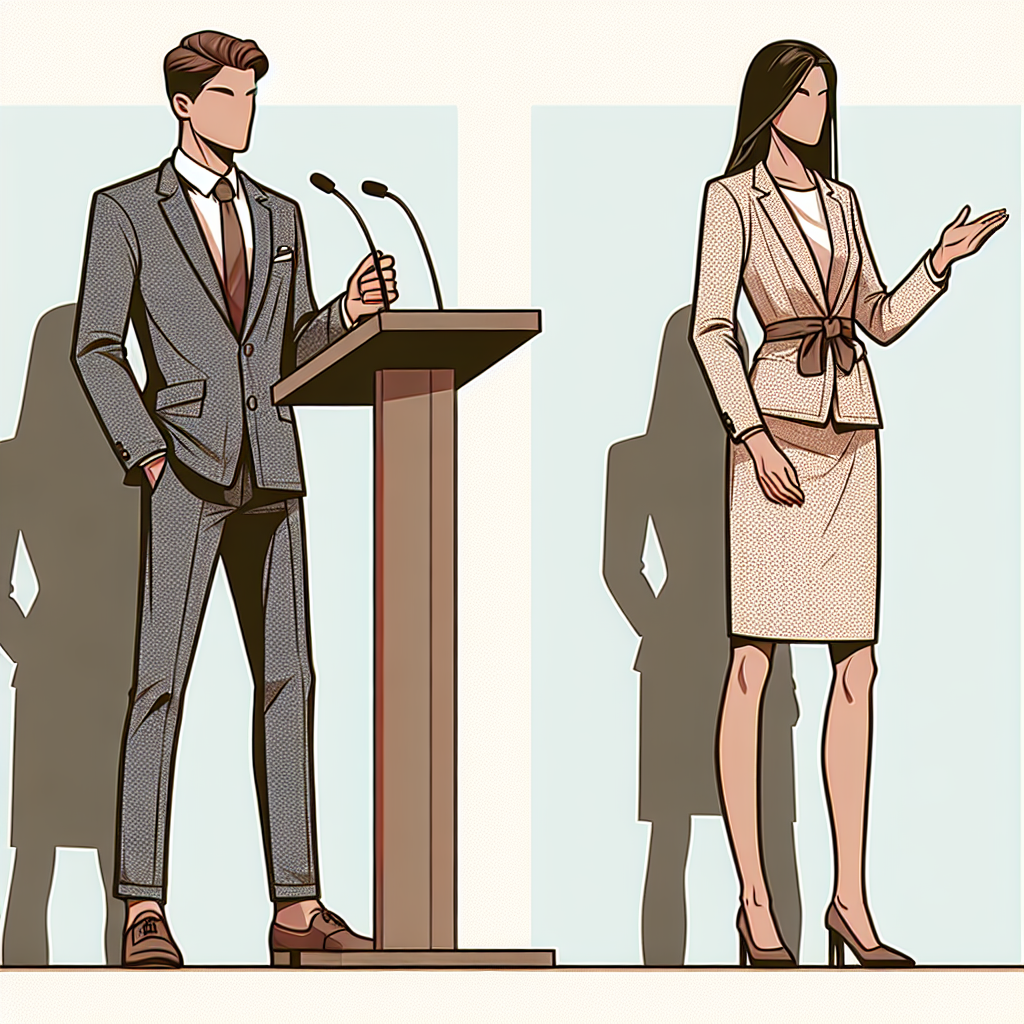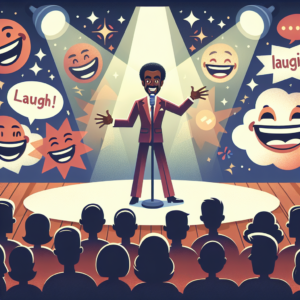How to Dress for a Speech
General Guidelines:
1. Dress Professionally: Choose outfits that are polished and professional, considering the occasion’s dress code and cultural expectations.
2. Comfort and Practicality: Prioritize comfort by selecting high-quality, well-fitted clothing that allows for easy movement without compromising professionalism.
3. Consider the Audience: Tailor your attire to industry norms and audience expectations. For formal settings like finance, law, or politics, opt for more conservative clothing.
4. Pay Attention to Colors and Patterns:
– Avoid distracting patterns that might divert attention from your message.
– Opt for simple patterns or solid block colors to maintain visibility.
– Bright, vivid colors can be effective, but steer clear of neon or fluorescent hues that can appear harsh on camera.
5. Accessories:
– Avoid noisy accessories, such as jingling jewelry, that could distract from your speech.
– Keep jewelry simple and understated to maintain focus on your message.
6. Message Alignment:
– Choose attire that reflects and reinforces the tone, theme, and purpose of your speech.
– For motivational speakers, free-flowing and vibrant clothing may be appropriate, while professional speeches often benefit from classic colors like black, navy, or charcoal gray.
Specifics:
– Women: Opt for outfits with longer hemlines (above the knee), higher necklines, and cover shoulders for a more professional appearance.
– Men: Tuck in your shirt, wear slim-fit chinos or tailored trousers, and select polished shoes like brogues when possible.
Tips:
– Test Your Outfit: Try on your entire outfit ahead of time to ensure comfort and to avoid potential distractions during your speech.
– Layer Wisely: Incorporate layering pieces like cardigans or lightweight sweaters for adaptability to temperature changes.
– Wrinkle-Resistant Fabrics: Choose wrinkle-resistant materials to maintain a neat appearance throughout the day.
By adhering to these guidelines, you can select an outfit that not only boosts your confidence but also ensures the audience’s focus remains on your speech and its message.









